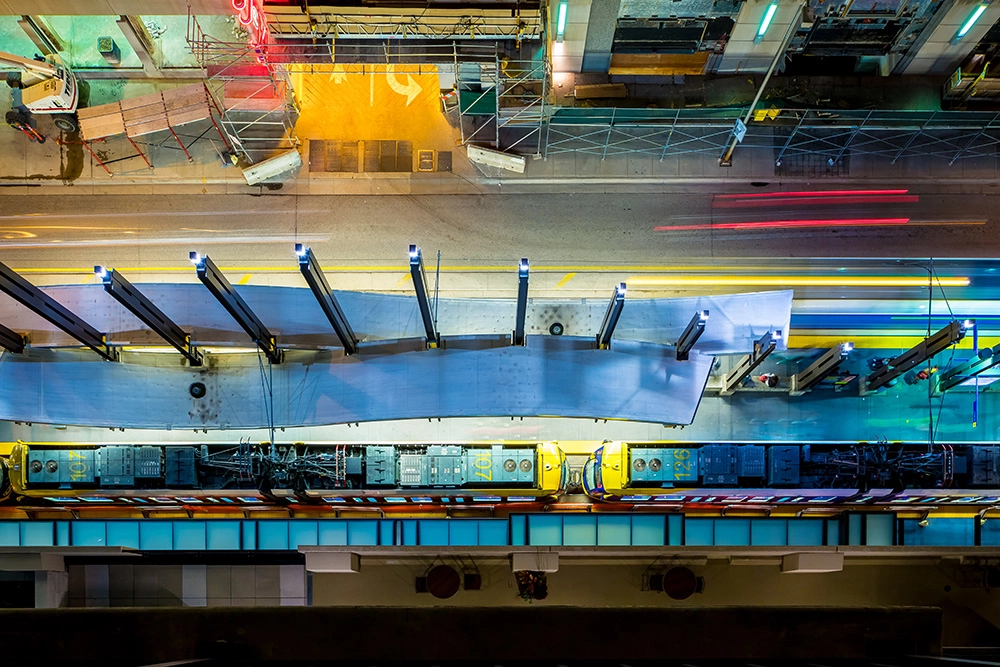Transit-Oriented Development: Building Communities that are Convenient & Sustainable
Strategically located in neighborhoods within walking distance of public transportation, like railway systems, TOD is community-oriented development.

If you've sat in traffic lately, you know how frustrating it can be. Nationwide, traffic levels are increasing, straining our road systems and frankly, us. According to a 2016 study by
INRIX, Americans spend an average of 52 hours a year stuck in traffic during their commutes. That's a lot of wasted time, not to mention what it costs in fuel and emissions-related environmental impacts.
It's no wonder transit-oriented development (TOD) is a continuing trend. Strategically located in neighborhoods within walking distance of public transportation, like railway systems, TOD is community-oriented development. TOD projects put high priority on pedestrian-friendly development and generally include a mix of housing, office, retail and other various amenities, like parks and trail systems.
Especially popular with millennials and baby-boomer retirees, TOD offers convenient living in vibrant and sustainable communities without the headaches of long commutes and gridlock. For residents of TOD developments, time spent driving and sitting in traffic can be reduced by as much as 85%, as reported by the
Transit Oriented Development Institute. In addition, TOD builds community, bringing residents and businesses together to make neighborhoods stronger and more vibrant.
We understand the complexities of urban development and construction. Because we are a vertically integrated company with our own staff of development, architecture and construction experts, we are agile and efficient – an important asset when working on urban projects in tight spaces. Some of our more recent TOD projects include:
- The Glenn at The Jones District™ in Centennial, Colo., with direct access to the Denver Light Rail system
- Union Tempe on the edge of Arizona State University in Tempe walking distance to the light rail transit system
- Ellison Luxury Apartments in Des Plaines, Ill., with nearby public transportation
- The Marke of Elmhurst in Elmhurst, Ill., located near train service into Chicago
- 365 Nicollet in downtown Minneapolis with nearby bus and light rail options and a transit hub that shows the nearest Uber and Lyft vehicles
Transit-oriented developments are the future. While significantly impacting local economies, they are the lifestyle choice for a growing number of Americans who desire close proximity to public transportation, their jobs and urban amenities.
Article Type: Blog Post
Topics: Construction | Development


